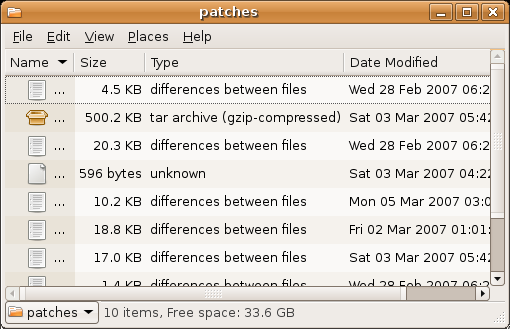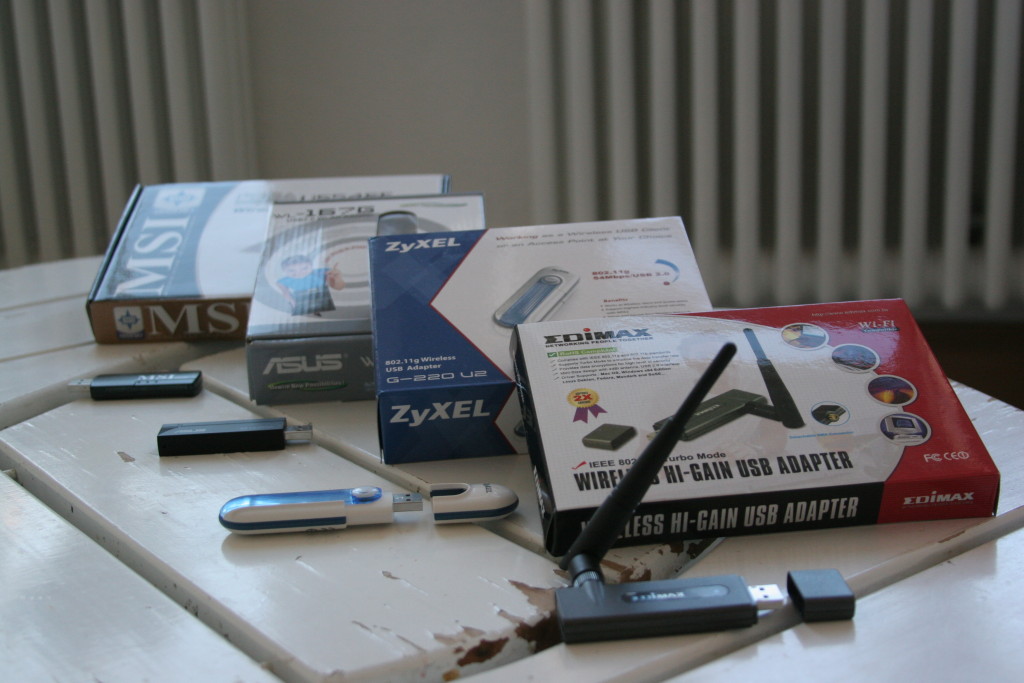I asked people to write up their realistic visions for GNOME. So here’s the part that I find most inspiring. Sorry if this seems like a mad rant – it seems sensible and feasible to me.
Obviously I am personally interested in directly giving end users what they want, both because I write software for users, and because I hope users can drive demand from the actual decision makers. That’s not an argument against other GNOME marketing strategies. It’s just a statement of what I myself am able to be motivated about. People should go ahead with whatever they see clearly.
To make most of the following happen just requires work, and perfection of existing stuff. It’s not something that I’m likely to work on much myself, but it feels like we could agree that we want it.
GNOME Is People
- A contacts panel applet lists people with whom I most often communicate, with pictures of their faces. A search entry helps me to find other people, in my local list of people, and in lists on the internet.
- This isn’t a separate application. It’s right up front. There’s a little picture of my face on the panel, and clicking it shows me a list of other people, with their faces.
- gossip-telepathy‘s various experimental panel applets are already going in this direction.
- Update: Gimmie is also partly there. I had no idea that it could be a panel applet on a regular GNOME panel. And you can change the preferences so it shows just the People menu. I’d like it to use telepathy and e-d-s, or generally something that can be shared across applications. It uses Gaim at the moment, which is understandable as a short-term hack.
- The faces thing really makes a difference to the experience. And let’s call them hackergotchis. It’s our word so let’s make this our feature.
- We would need some automatic way to make a hackergotchi from any random picture. The least the user would have to do is sometimes identify a square region of a photograph. It would rarely be perfect, but it would be good enough.
- When these people are on my local network, that’s obvious. Avahi makes this possible. File-sharing with these people is easy and actually works without any configuration.
- Optionally, this could integrate with a corporate contacts server, such as an LDAP server, but this really has to work without any central administration.
- Every mention of a person is a way to contact the person via a variety of methods, and a way to view the history of my communication with that person. I can easily see what groups that person is in, both groups I have defined, and groups that people have defined on the internet.
- If I have one way of contacting the person (email, IM, etc), my system can discover all of the other ways of contacting that person (email, IM, skype, SIP, blog, etc), either automatically, periodically, or on request. This would require some kind of standard, maybe a vcard would do.
- There’s an über-simple way to back this up, ideally to an internet service. Otherwise, I will lose it when doing upgrades and reinstalls. This backup should be frequent and automatic, so I don’t have to think about it until I need it.
- Ideally this would integrate with the various social networking sites such as LinkedIn, Xing (OpenBC), Facebook, Orkut. Most of them will be too greedy to risk offering the advantage of the freedom-to-leave, speeding their own demise, but we should give them the chance. If none of them do it, we can live without them.
- The applet needs to be on the panel by default. A notification needs to encourage people to use it, with some very easy way to register yourself, so that people can ask to add themselves to your list. It needs to be useful quickly. Let the system administrators remove it if they don’t like it, but don’t force regular users to find it and add it.
- Without adoption of standards, this might not work with all computer users in the world, but it can be made to work between all GNOME users, and probably all Linux users. That alone would be an attractive scenario. I’d be happy to hear about how Linux is the social desktop.

